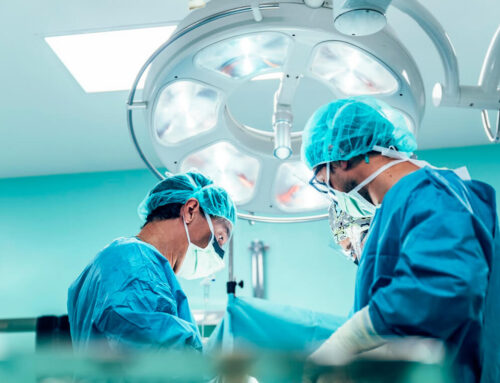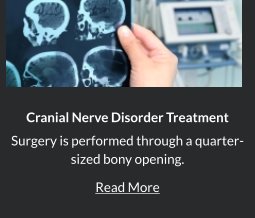Lumbar spinal stenosis is a common cause of lower back and leg pain that mainly occurs when the spinal nerves in the lower back are compressed. Spinal stenosis can occur on any part of the spine, but it’s most common in the lower back — the lumbar spine.
It’s crucial to learn more about the lumbar spine to understand lumbar spinal stenosis. This article looks at lumbar spinal stenosis symptoms, diagnosis, and treatments.
What Causes Lumbar Spinal Stenosis?
The primary cause of lumbar spinal stenosis is osteoarthritis, a condition caused by the gradual wear and tear of the joints as we age. Hence, it’s common among individuals aged 50 and above.
Other causes of lumbar spinal stenosis include:
- Spinal tumors
- Spinal injuries
- Narrow spinal canal
These conditions exert pressure on the spinal nerves in the lower back, which gradually results in lumbar spinal stenosis symptoms.
Symptoms of Lumbar Spinal Stenosis
Most individuals don’t have any symptoms in the initial stages of lumbar spinal stenosis.
However, as the condition progresses, most people report:
- Lower back pain
- Weakness in the foot
- Sciatica (a burning pain that radiates from the buttocks and through the back of the legs)
- Loss of sexual function
- Numbness and tingling in the feet and legs
- Incontinence
- Relief from pain when resting or leaning forward
- Worsening pain over time
If you experience any of these symptoms, it’s crucial to see an Orange County Neurosurgeon for diagnosis and treatment.
How is Lumbar Spinal Stenosis Diagnosed?
If you suspect that you may have lumbar spinal stenosis, it’s crucial to consult a neurosurgeon in Newport Beach to get a precise diagnosis. The doctor will perform a physical exam, look at your medical history, and request additional tests to rule out other conditions.
Some conditions similar to lumbar spinal stenosis may include peripheral vascular disease and diabetic neuropathy.
During the diagnostic tests, the doctor will also want to determine the degree of your spinal compression. Some of the tests you should expect to undergo include:
- X-ray: This is a crucial test as it shows the structure of your vertebrae and the alignment of your spine.
- Computed Tomography (CT) scan: This scan examines hard structures and creates images of numerous x-rays, showing the size and shape of your spinal cord and details of the bone anatomy.
- Magnetic Resonance Imaging (MRI): This is an imaging test that shows the soft tissues in the body, including nerve roots, the spinal cord, and adjacent tissues. An MRI can also detect tumors.
Once the doctor has all your imaging results, they’ll evaluate each and come up with a diagnosis confirming whether or not you have lumbar spinal stenosis and offer treatment options.
Treatment Options for Lumbar Spinal Stenosis
As we’ve mentioned, compression of the spinal nerves in the lower back is the primary cause of lumbar spinal stenosis. Therefore, all the treatment options aim at decompressing the spine to give the patient some relief.
Most patients begin with a non-invasive, conservative treatment such as pain medication, anti-inflammatory medication, or nerve medication. Sometimes, the doctor may administer cortisone steroid injections for the lumbar spine. These injections are designed to relieve symptoms and are most effective when done repeatedly.
Lumbar spine surgery in Newport Beach is the next form of treatment for patients who don’t get any relief from non-invasive procedures or display severe symptoms like incontinence or progressive weakness.
Surgery is an effective treatment for relieving sciatica, numbness, and leg pain. However, if you’ve had severe compression for an extended period, you may have permanent and irreversible nerve damage. For this reason, it’s crucial to consider lumbar spine surgery in Orange County before your symptoms get worse.
Lumbar Spinal Stenosis Prognosis
The outlook for patients suffering from lumbar spinal stenosis varies depending on the severity of the condition and how soon the patient seeks treatment. The outlook also depends on how well the patient responds to treatment.
For the best prognosis, it’s best to seek treatment as soon as you notice any of the symptoms that may indicate lumbar spinal stenosis. Prompt treatment may restore your lower back to normal without the need for surgery and may prevent permanent nerve damage.
Over to You
Do you suspect that you may be suffering from lumbar spinal stenosis? You’re not alone—many individuals over the age of 50 experience lumbar spine pain. Speak to an Orange County neurosurgeon today to get a diagnosis and begin treatment as soon as possible. Contact us to schedule an appointment by calling us at (949) 383-4185 for further queries.


















